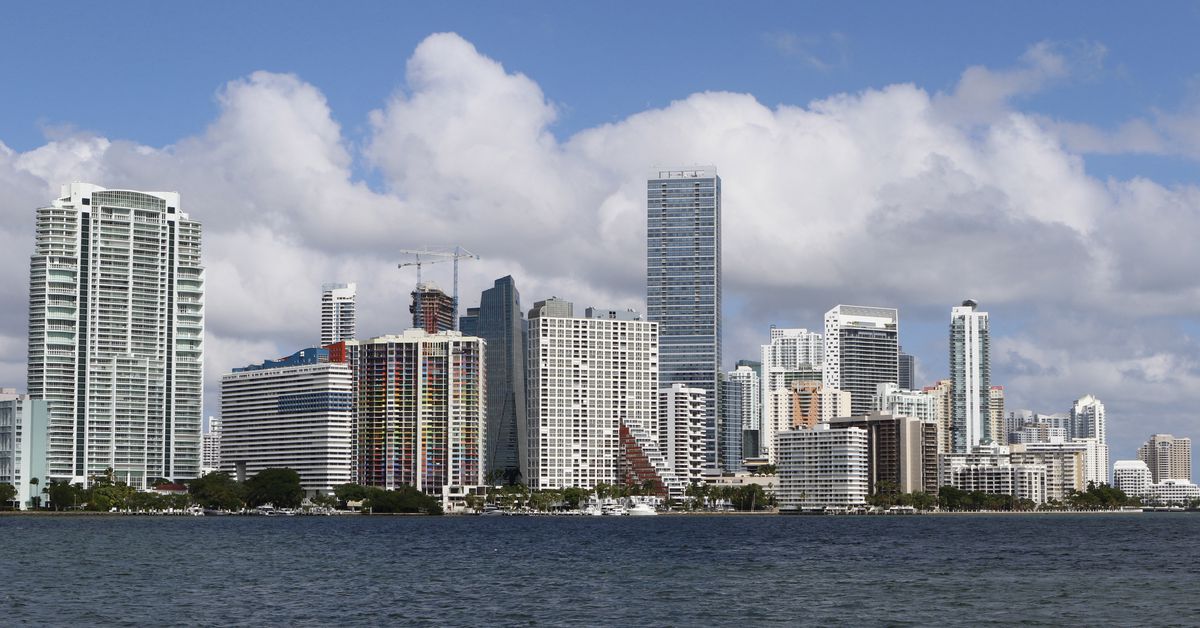- cross-posted to:
- [email protected]
- cross-posted to:
- [email protected]
The U.S. Treasury Department will soon propose a rule that would effectively end anonymous luxury-home purchases, closing a loophole that the agency says allows corrupt oligarchs, terrorists and other criminals to hide ill-gotten gains.



This will have much less of an effect on housing prices than people wish. The core problem there is lack of supply, not a handful of foreign oligarchs.
Foreign oligarchs affect supply, and I don’t think we have any idea how much. Corporate owners are probably a bigger chokepoint on supply, but domestic wealthholders are probably a big player as well. We need a variety of rules in place; enforcement of any of them will increase supply, but that mostly benefits whoever’s left in the list above. If we crack down on the biggest supply problem, the next biggest one will buy up the excess.
If we actually want private homeowners to take precedence, we have to make it extremely difficult for anyone to own multiple homes, corporation or not, wealthy or not, foreign or not.
To your point, this rule, whether it becomes an enforceable regulation or not, isn’t even targeted at increasing supply. It’s targeted at preventing money laundering.
Oh I know; that was aimed more at the people talking about corporations owning housing, as if that’s particularly relevant. I’m quite skeptical that the corporate boogeyman is really a meaningful target when it comes to housing costs though. We’ve been drastically underbuilding for decades now - with quite a lot of that directly coming from extremely onerous zoning laws. The sheer fact of the matter is that in most American cities (where people actually want to live - empty shacks in rural Nebraska are not particularly helpful here), there are far more people who want to live there than available housing, and the inevitable result of this is that the wealthiest people are those who get to live in them. This will be the case regardless of whether the housing is owned by a corporation or a mom and pop. The fundamental problem is lack of supply; anything that doesn’t address that will not meaningful reduce housing prices and is at best a band-aid.
There are 16 million vacant houses in the US. Even if half of them are unslavagebale, thats still enough to house the entire homeless population of the US ten times over. I don’t think its a supply issue.
And are those vacant houses in places where people want to live?
In NYC, for example, the vacancy rate is a bit above 2%. Vacant houses in Oklahoma have zero relevance to homeless people in NYC. It also has to be considered that a lot of vacant residences are only temporary; either caught up in legal issues or briefly empty while the owners find tenants. But again, geography is critically relevant here. Vacant properties only help if they’re in places where people actually want to live and where jobs are available. It doesn’t matter how cheap a shack in Nebraska is if there’s no job around beyond farming.
San Francisco had ~61,000 vacant homes as of late last year.
Only a third of those are in the ‘other vacant’ category that represents housing that’s not being used for any purpose. The other two-thirds are currently for rent or sale, have completed that transaction and are awaiting actual occupation, or are seasonally used.
I wouldn’t be opposed to a tax on season homeownership, but that’s only 10,000 units a city of 800,000.
The real question to ask is why the hell is it literally illegal to build anything other than a single-family home in 38% percent of the city’s land, nearly two-thirds of land zoned for residential purpose?
https://www.sfchronicle.com/sf/article/sf-map-single-family-homes-17699820.php
Sure, snapping your fingers and making those ~30,000 units come on to the market would have a small effect, but it pales in comparison to how much supply could be added if such a huge chunk of the land wasn’t legally mandated to be single-family homes.
Las Vegas, Pittsburgh, Providence, Pheonix, OKC, Memphis, St Louis, Detroit, Houston and Cleveland are all in the top 20 by percentage of vacant houses and NYC is #22. This problem is not limted to small rural areas at all. The vacancies are spread across the whole of the country.
https://anytimeestimate.com/research/most-vacant-cities-2022/